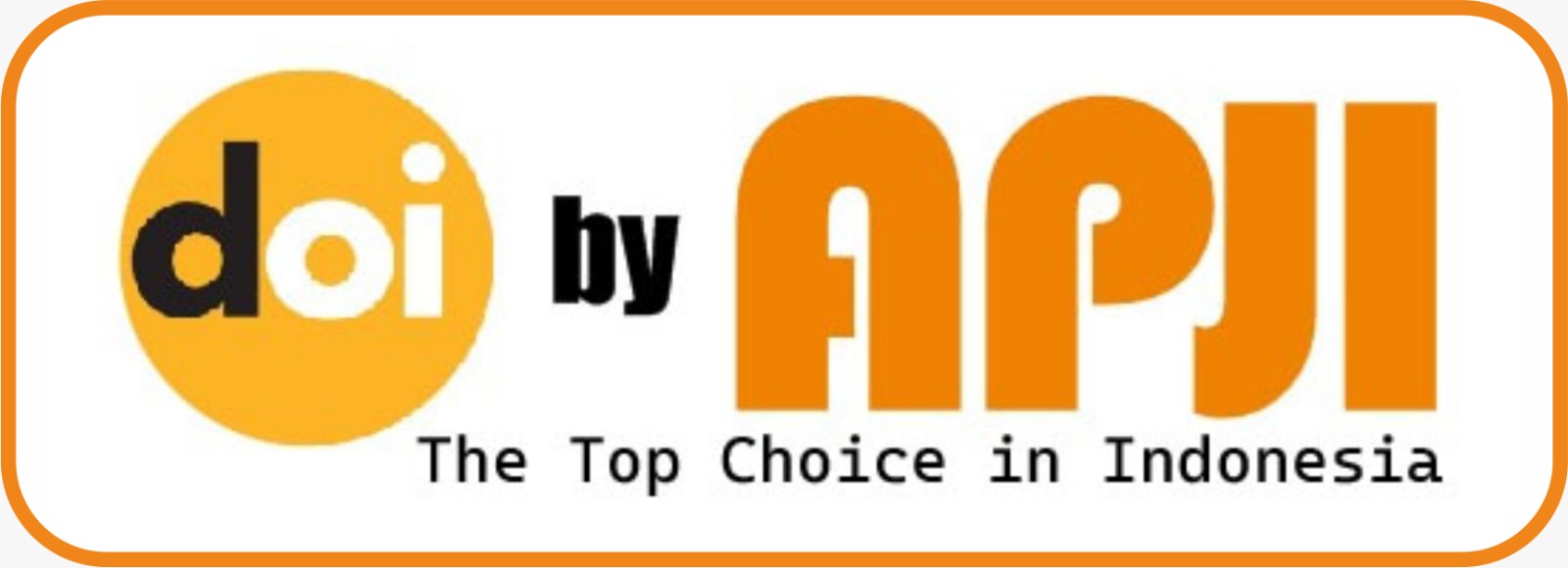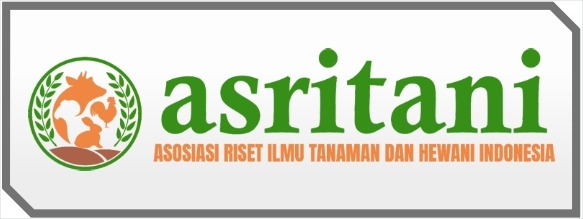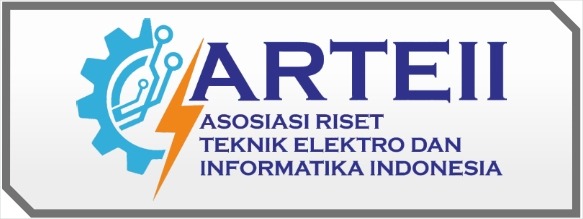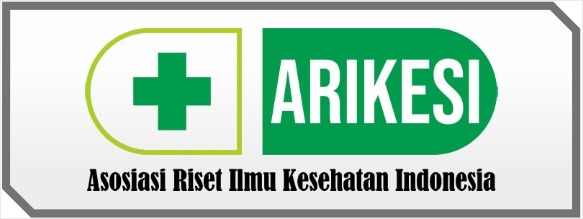The Impact of Fogging Activities on Dengue Hemorrhagic Fever (DHF) Prevention in Balocci District
DOI:
https://doi.org/10.69930/jsi.v2i5.539Keywords:
Environmental health, prevention, dengue hemorrhagic fever, foggingAbstract
. Dengue Hemorrhagic Fever (DHF) continues to pose a serious public health challenge in Indonesia, particularly in tropical regions with high population density and poor sanitation. The disease, transmitted primarily by Aedes aegypti mosquitoes, has shown a significant increase in recent years. One of the government’s primary interventions to reduce transmission is fogging, which targets adult mosquitoes as a rapid control measure. However, its long-term effectiveness remains debated if not combined with source reduction strategies. A quantitative descriptive study with a cross-sectional design was conducted in January 2025, involving 477 community respondents selected through total sampling. Data were collected using a questionnaire on the implementation of fogging and perceptions of its effectiveness via the Kobocollect application. The Chi-Square test confirmed a significant association between fogging implementation and community perceptions of its effectiveness in dengue prevention (0.000; p < 0.05). These findings indicate that fogging plays a positive role in controlling dengue transmission. However, its long-term effectiveness requires community participation in mosquito breeding site eradication (PSN 3M Plus) and the integration of environmental management, health education, and sanitation improvements to achieve sustainable dengue prevention.
Downloads
Published
How to Cite
Issue
Section
License
Copyright (c) 2025 Journal of Scientific Insights

This work is licensed under a Creative Commons Attribution-NonCommercial-ShareAlike 4.0 International License.






















